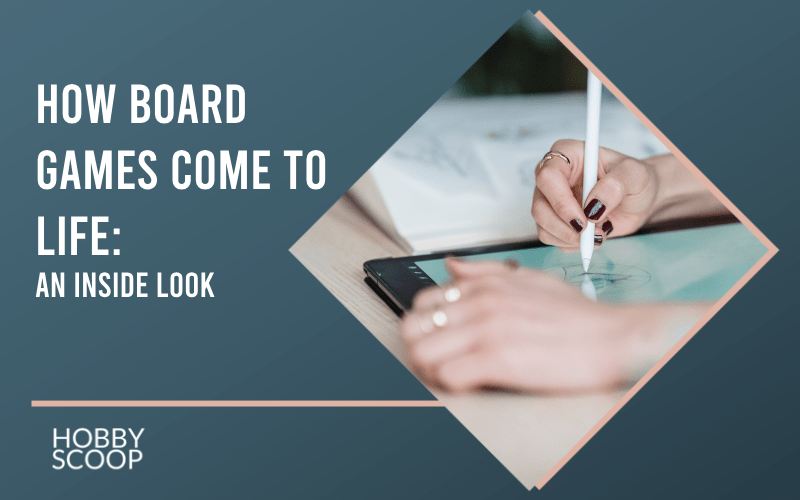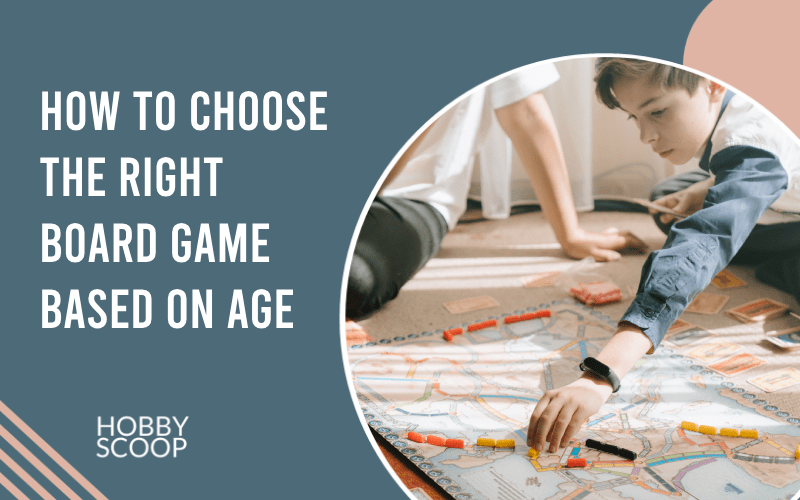The world of board games is vast and varied, offering experiences that range from quick, casual fun to deep, strategic engagements. Every game, regardless of its complexity, starts as a mere idea.
But what goes into transforming that idea into a tangible game with pieces, cards, and a board? Let’s embark on a journey to gain insight into the captivating process of board game design.

Board Games from Start to Finish
The Birth of an Idea
Every board game starts with an inspiration. It could be a story, a concept, a mechanic, or even an emotion. For instance, Pandemic was born out of the desire to create a fully cooperative game where players battled not against each other, but a common enemy: infectious diseases. This foundational idea or concept serves as the cornerstone upon which the entire game is built.
Did You Know? The oldest known board game, Senet, dates back to around 2620 BC in ancient Egypt.
Mechanics: The Engine Beneath the Hood
Mechanics are the heart of a board game – the rules and systems that dictate how the game is played. While it’s tempting to think about the colorful boards and intricate pieces, it’s the mechanics that make a game tick.
Consider chess, a game without a thematic overlay but deep in mechanics. Its timeless allure comes from its perfect balance and the infinite strategies it offers, all based on simple movement rules for different pieces. In contrast, a game like Monopoly infuses theme but revolves around relatively simple mechanics of property trading.

Thematic Immersion: Crafting a World
After mechanics, the theme steps in to breathe life into the game. It’s the setting, the narrative, the context in which the game is played. Catan isn’t just about collecting and trading resources; it’s about settling an uncharted island. The theme adds layers of immersion and often introduces additional mechanics that resonate with the setting.
For many modern board games, theme isn’t an afterthought; it’s central to the experience. In Dead of Winter, players aren’t just collecting resources and managing threats; they’re surviving a zombie apocalypse with stories, moral choices, and thematic challenges.
Fun Fact: Some of the most popular board games today were born during the Great Depression, including Monopoly.
Prototyping: From Idea to Action
Once the game’s basic mechanics and theme are determined, it’s time to build a prototype. This is a rudimentary version of the game, often crafted with basic materials. Designers use paper, old game pieces, and even digital platforms to test how their game works in a real-world setting.
Prototyping is essential because no matter how good a game seems in theory, actual gameplay can reveal challenges, loopholes, or areas for improvement.
Playtesting: Refinement Through Feedback
After prototyping, designers embark on the critical phase of playtesting. This involves having various players, from novices to seasoned board gamers, play the prototype. The feedback obtained is invaluable. Designers watch for player engagement, clarity of rules, game balance, and overall enjoyment.
Playtesting can lead to multiple iterations of a game. Some mechanics might be tweaked, rules clarified, or components redesigned to enhance the game experience.
Interesting Tidbit: Modern board games undergo hundreds of hours of playtesting, often with several iterations and tweaks, before reaching their final version.
Art and Production: Bringing the Game to Life
Once the game is refined and ready, the final artwork and components are produced. This phase can be as crucial as the initial design. Striking artwork, high-quality pieces, and well-designed game boards can elevate the overall game experience.
Many designers collaborate with artists and illustrators to ensure that the game’s visual elements align perfectly with its theme and mechanics. The production process also involves choosing the right materials, ensuring durability, and making the game visually appealing.
The Market and Beyond
Finally, once a game is designed and produced, it’s introduced to the market. With platforms like Kickstarter, many indie designers can pitch their ideas directly to the community. Established publishers might pick up a game, refine it further, and distribute it on a larger scale.
Did You Know? Kickstarter has revolutionized board game production, with thousands of independent designers showcasing their ideas. Some of today’s top games started as small Kickstarter campaigns!
Final Thoughts
In conclusion, the journey from an idea to a shelf-ready board game is intricate, demanding, yet profoundly rewarding. Behind every game lies a tale of creativity, persistence, and a passion for delivering memorable experiences to players worldwide. It’s this blend of art and science, of creativity and strategy, that makes board game design such a fascinating endeavor.
